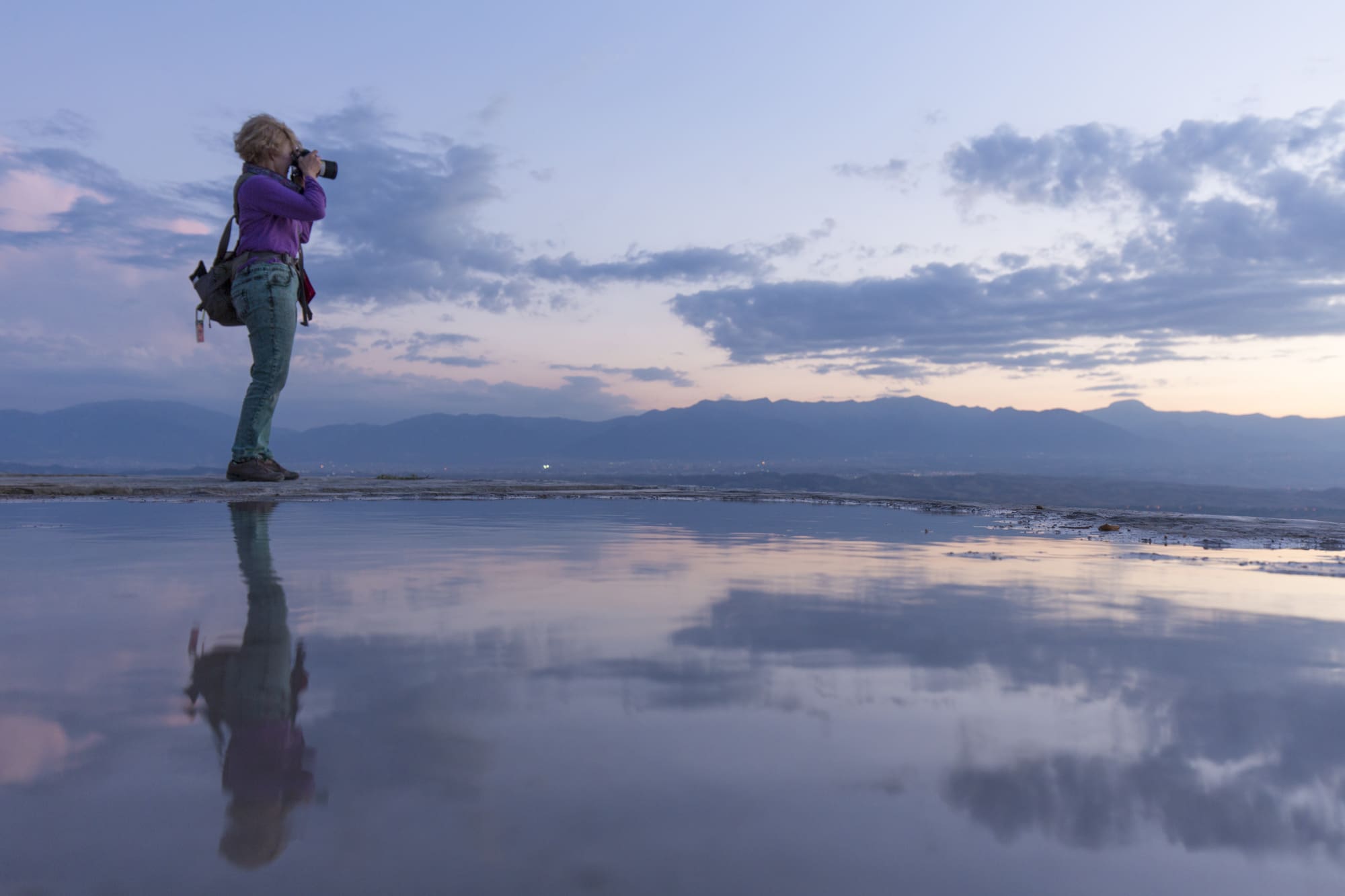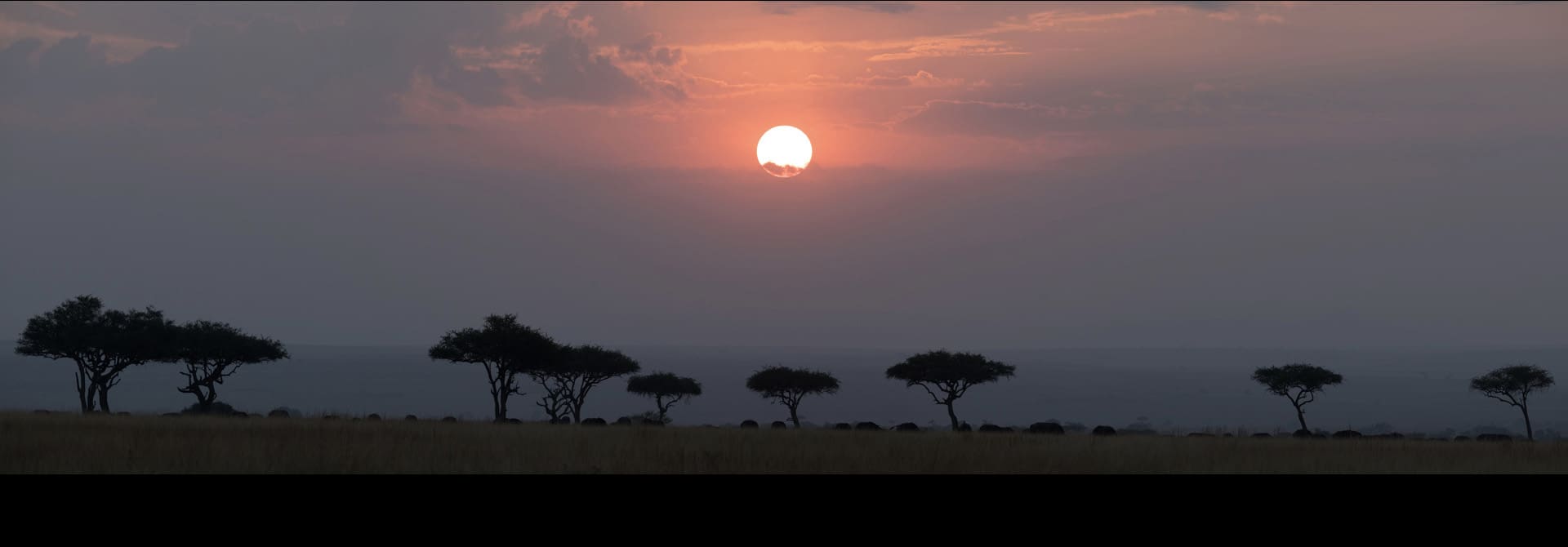Your photos are good, but you’d like to improve – right? What should you do? Some say go to school, others say life is the best school. The depth of online options is huge and growing all the time, so much so it can be overwhelming. But it’s important to note that the steps needed for being a better photographer depends on where you are in your photographic journey.
If you want to improve the quality of your photography, the process is not that different than honing any other skill. It requires time and effort; both learning and practicing critical techniques in a variety of ways. A major caveat is that what works best for others may not work as well for you.
The two major categories for ways to improve are: knowledge and practice. No amount of one can fully replace the other. If you want to improve you’ll need a mix of both. The ratio of one versus the other is not definitive and will vary with your experience and style.
How Do Beginner Photographers Improve?
For rank beginners, it’s best to get out and practice in the field with a minimum of instruction. Too much instruction may stifle the creative juices. Just get out there and have some fun to start with. A good introduction into the world of photography will be one that allows the photographer to see the immense possibilities. These first photos will not be great, but will serve as a great starting point.
Choose a subject and explore it in many different ways.
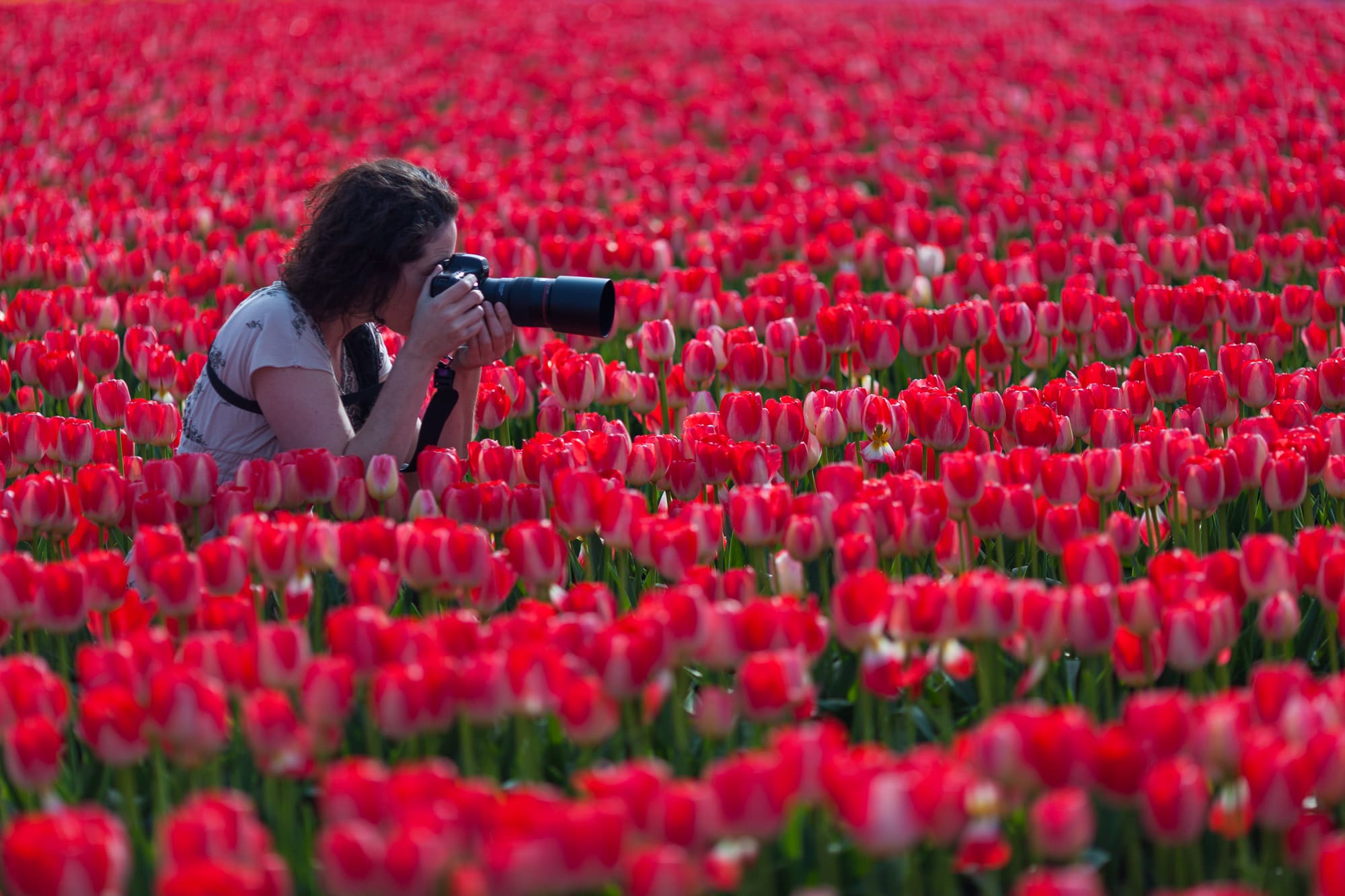
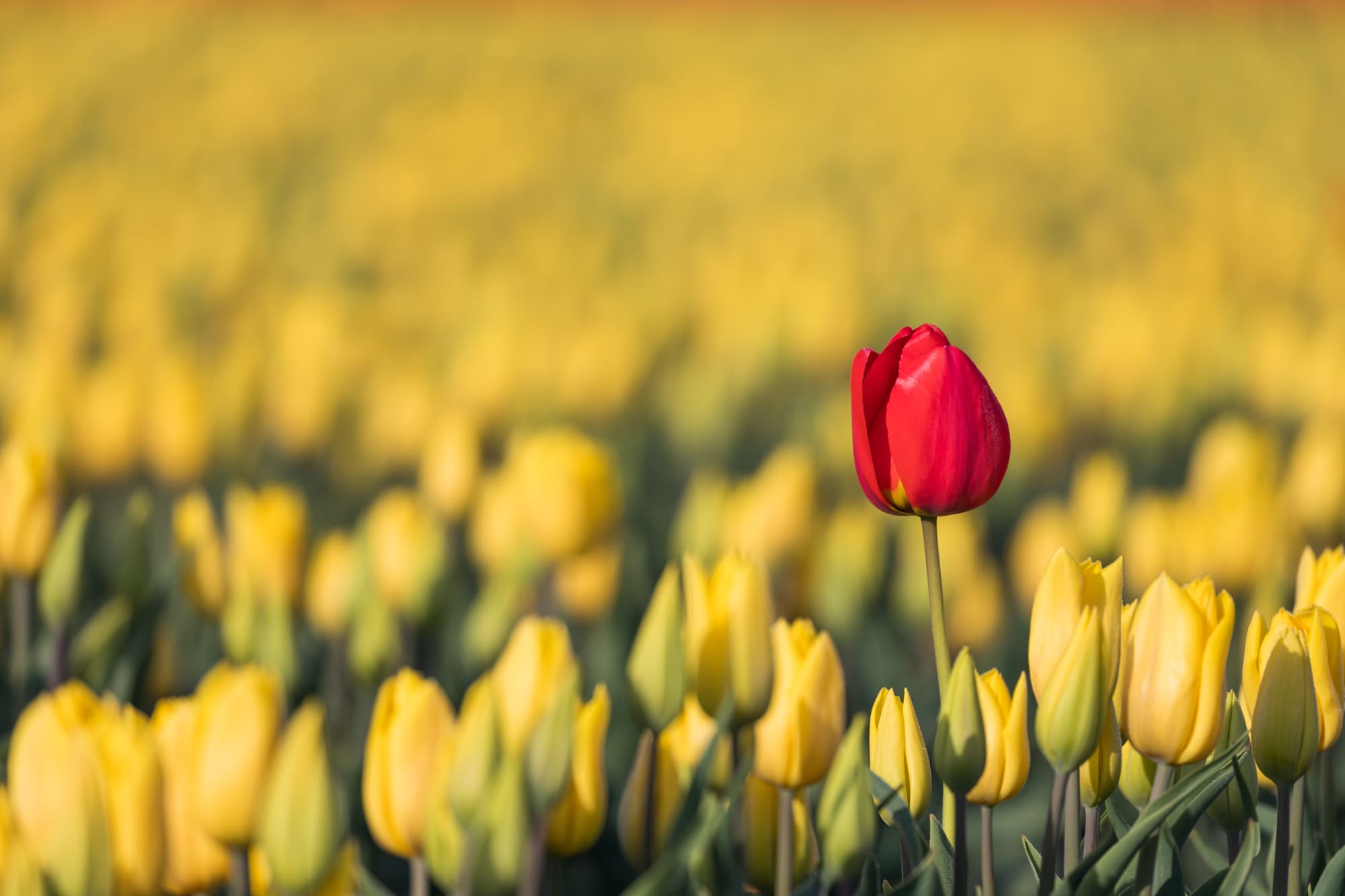
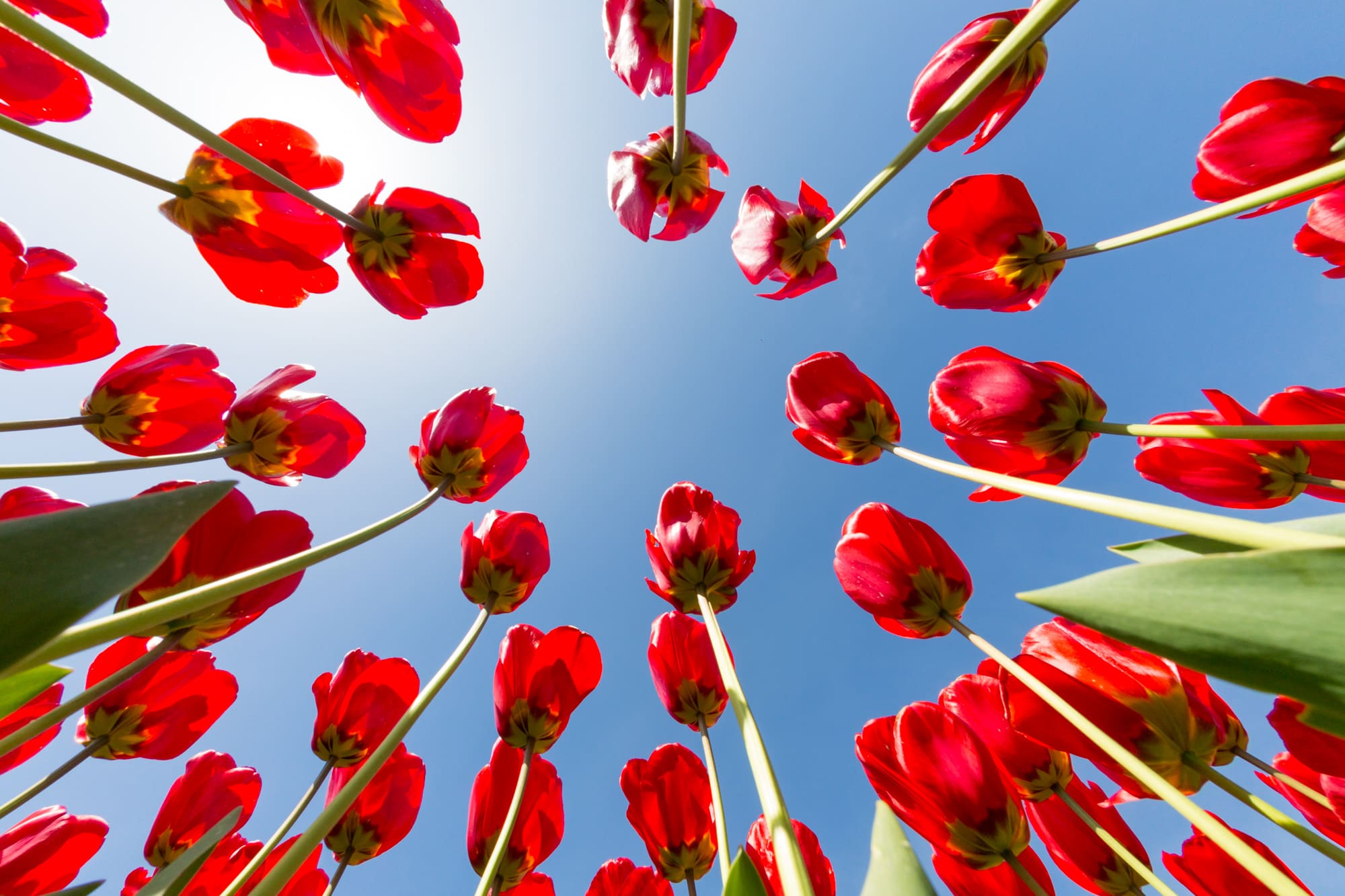
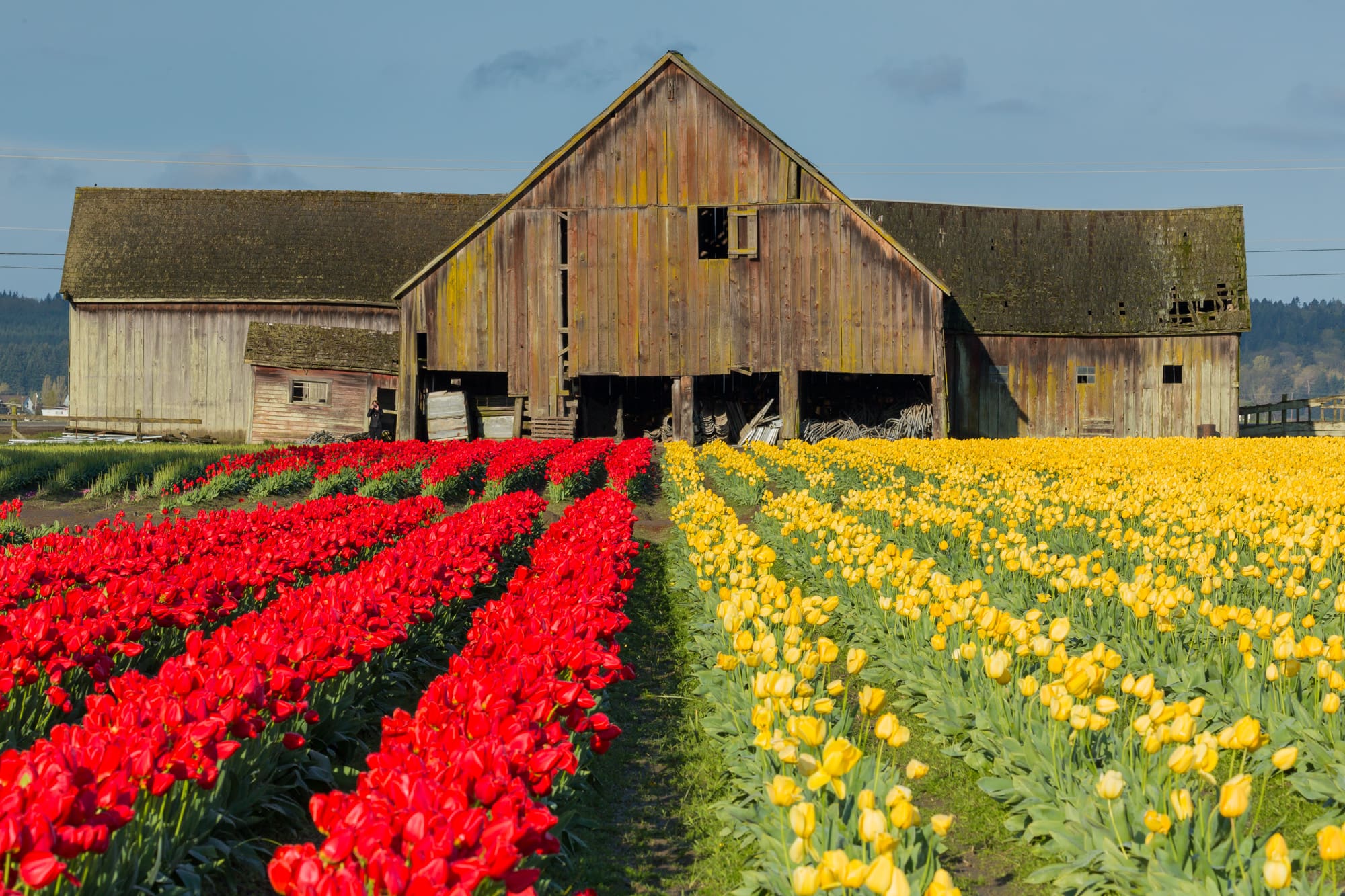
Steps for the Intermediate Photographer
With most intermediate photographers improvement will come with that aforementioned mix of knowledge and practice. As a young photographer I devoured books and magazines about photography (this was pre-internet days). I kept reading about topics that I thought I’d already mastered, just to see if there was the smallest nugget of information that was missed. One of the most important facts about education is this: reading or hearing something doesn’t mean you have learned it. It often takes multiple exposures, applied in multiple ways, for any idea to be truly engraved into your knowledge base.
Methods of acquiring knowledge are vast: schools, classes, books, seminars, blogs, videos, magazines and more. Each has their pros and cons, not the least of which is price and accessibility to you. I can assure you that almost every aspect of photography is explained for free on the internet. If you are looking for a specific bit of information, like what’s the best shutter speed for shooting basketball, you’ll likely find many ‘mostly correct’ answers online. YouTube alone is a treasure trove of entertainment, information, and sometimes education. However, clicking on one video after another doesn’t necessarily give you the succinct knowledge to make you a better photographer. The problem is that entertainment and irrelevant information often get in the way of education.
Throughout my photographic life I’ve tried to learn from each medium where it was best at delivering the information I sought after. In some cases I’ve paid to take in-person classes because I needed a certain level of education that could only be achieved in that way. If a particular topic was very important I might buy a book, purchase an instructional video, or take an in-person seminar or workshop. If I needed to learn about a particular camera feature or smaller topic, I may ask an expert or look it up online for an article or video.
Limiting Brain Overload
When exposed to new ideas or a new process our brains are limited in the amount of information we’re able to absorb at one time. It commonly takes multiple passes to take it all in. For topics important to me, I want to have the ability to access the information multiple times at my discretion.
I’ve always been a person that would read the entire instruction manual for my camera. The night I got my first professional camera, the Nikon F4s, I started working my way through the manual. It took a few days to complete, but I ending up learning a lot of information and gained a good idea of the cameras capabilities. A few months down the road, after I became comfortable with the camera, I read the manual again. Surprisingly I found several things that I somehow had either missed or overlooked. A year later I read the manual for a third time and once again found tidbits that I missed the first two times. This third read “uncovered” information that had previously been read and understood but only now, from a more advanced position, was it clear to me the significance of the information. Unless you have a photographic memory, you too will need to review and revisit previous lessons to fully absorb the material.
Getting Field Experience
Once you have gained the knowledge you’ll need to practice in the field. It’s best if you can first do this with ample time and no outside pressures. There are many different styles of field experience that can help you improve as a photographer. I will discuss the various techniques and how they can help you in How to become a Better Photographer – Part 2 in next month’s blog.
——————————————————————
To read Part 2 of this article click here.
Related information at: Furthering Your Photography (Facebook Live video series)
Become part of John’s inner circle
Sign up for the newsletter here – it’s free.
Want to become a better photographer?
Check out John’s selection of photography and camera classes here.
